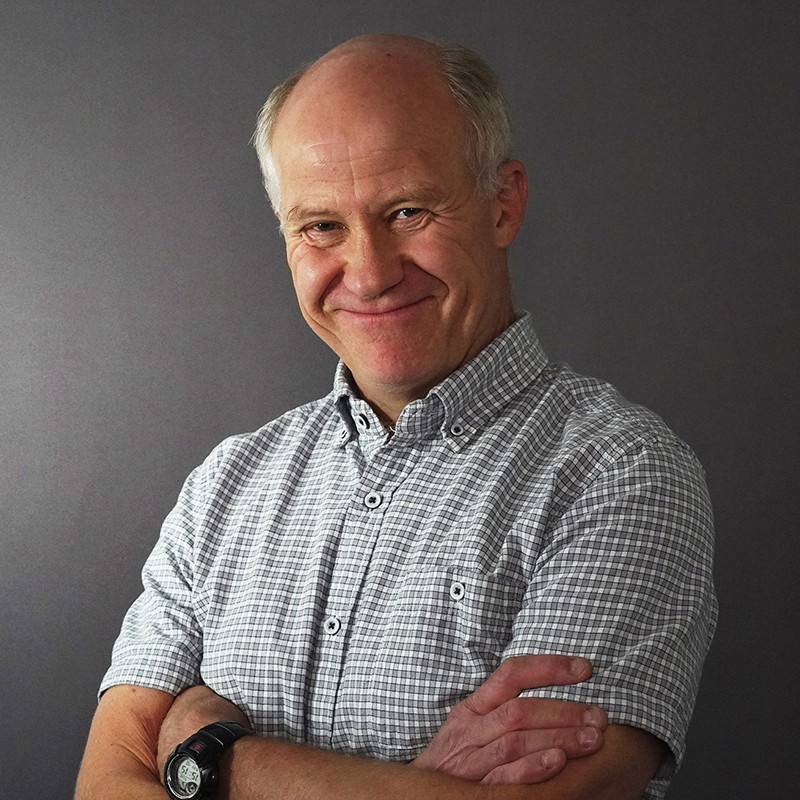Aquaculture
- Department SAMBA
At NR, we work closely with the private and public sectors of the aquaculture industry, and contribute with statistical modelling of contagious diseases, biomass prediction, population estimation of wild fish and whales, as well as strategic analysis for fisheries and whaling.
Aquaculture is of significant importance for Norway, and salmon and rainbow trout are the country’s largest farming species. Production predominantly takes place in open sea facilities. Salmon and rainbow trout that are released, are vaccinated against a range of diseases, primarily bacterial. Nevertheless, infectious diseases continue to be a significant problem for the industry, and salmon lice are currently considered the biggest obstacle for further growth.
Statistical modelling
We work closely with researchers at universities and other research institutes, as well as industry experts in the private and public sector. Our partners provide expertise in the specific field of application, while NR contributes with our extensive competence in statistical modelling.
Our competence covers the spectrum of statistical methods, from regression techniques to Bayesian hierarchal models. Sometimes we combine mechanistic models rooted in physical, chemical or biological knowledge with data-driven, stochastic models.
Modelling disease transmission
A substantial part of our work revolves around modelling disease transmission, and how to mitigate the prevalence of contagious diseases, such as salmon lice. We have developed operational models for lice and the viral diseases infectious salmon anemia (ISA) and pancreas disease (PD). Our models provide insight into contagion both within and between different aquaculture facilities.
Salmon lice
We use our models to quantify elements of the louse’s biology, such as developmental speed at different temperatures, and quantify effects of new and existing treatment methods. We also use the models for so-called scenario simulation, or what-if analysis, where we examine the likely effect of different production strategies before they are implemented. In other words, we use these models as what we call a “mathematical laboratory,” which is not dissimilar to the relatively new term “digital twin.” In addition, our models can be used to create forecasts regarding the prevalence of lice in the future.
Models
The models for ILA and PD are also used for scenario simulation, e.g. examining the benefits of regular screening tests before the diseases manifest as clinically visible illnesses. Another crucial issue is examining the effect of slaughtering infected fish.
We also work with modelling which factors influence fish mortality during production, the effects of vaccination and production forecasts.

